Timeline
1981

- June 5: First official reporting of what will be known as AIDS.
- A report described Pneumocystis pneumonia in previously healthy, gay men in LA. This is the first official reporting of what will be known as the AIDS epidemic. Link to the first official report of what will be known as the AIDS epidemic
- June: CDC forms Task Force on Kaposi's Sarcoma and Opportunistic Infections.
- About 30 Epidemic Intelligence Service officers and staff participated.
- July 3: Report of Kaposi's Sarcoma and Pneumocystis pneumonia in 26 homosexual men in New York and California.

1982
- September 24: CDC uses the term "AIDS" for the first time and releases the first case definition for AIDS.
- December 10: Report of AIDS likely from blood transfusion.
- CDC reports a case of AIDS in an infant who received a blood transfusion. Link to CDC reports a case of AIDS in an infant who received a blood transfusion
- December 17: Reports of AIDS hinting of perinatal transmission.
- MMWR reports 22 cases of unexplained immunodeficiency and opportunistic infections in infants. Link to Reports of AIDS hinting of perinatal transmission

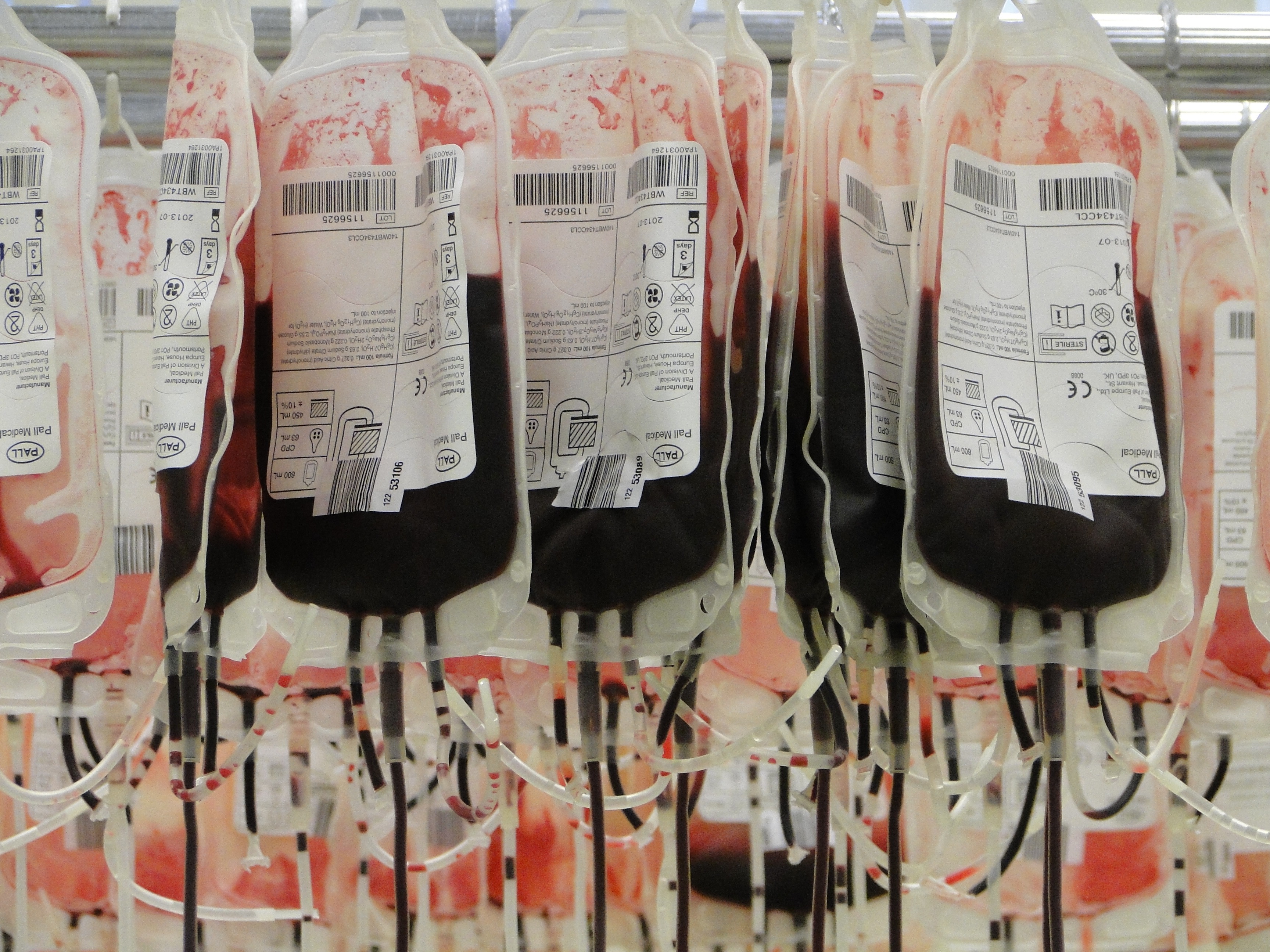
1983

- CDC establishes the National AIDS Hotline to respond to public inquiries about the disease.
- January 7: Report of AIDS in female sexual partners of males with AIDS.
- March 4: CDC announces most cases of AIDS have been among homosexual men, injection drug users, Haitians, and people with hemophilia.
- MMWR suggests that AIDS may be caused by an infectious agent that is transmitted sexually or through exposure to blood or blood products and issues recommendations for preventing transmission. Link to report of most cases of AIDS have been among homosexual men, injection drug users, Haitians, and people with hemophilia
- September 2: CDC publishes first recommendations to prevent occupational exposure for healthcare workers.
- September 9: CDC identifies all major routes of transmission; says HIV not transmitted through casual contact, food, water, air, or environmental surfaces.

1984
- July 13: Needle-sharing identified as transmission method.
- CDC states that avoiding injection drug use and reducing needle-sharing "should also be effective in preventing transmissions of the virus." Link to report from CDC to avoid injection drug use and reduce needle sharing should also be effective in preventing transmission of the virus
- Project SIDA begins in Africa.
- CDC, along with colleagues from Zaire and Belgium, establishes Project SIDA, which would become the largest HIV/AIDS research project in Africa in the 1980s.

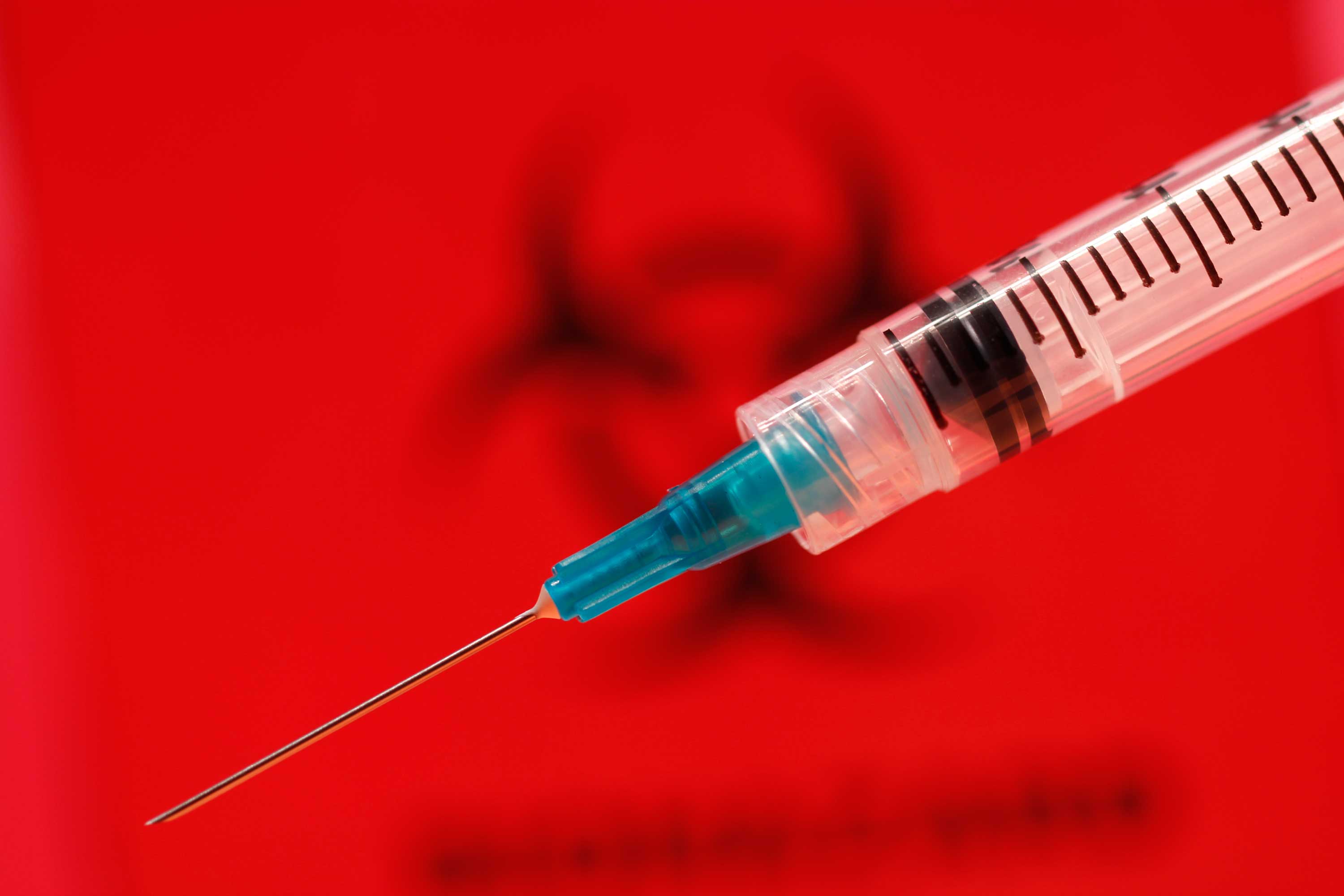
1985

- January 11: Revised AIDS case definition notes AIDS is caused by HIV. Blood screening guidelines issued.
- First presentation about AIDS in Africa at CDC-hosted first International Conference on AIDS in Atlanta, GA.

1986
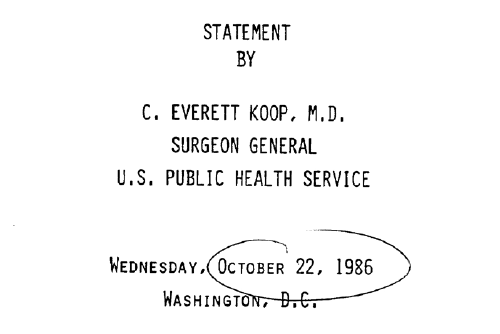
- October 22: Surgeon General, C. Everett Koop, issues the Surgeon General's Report on AIDS. The report makes it clear that HIV cannot be spread casually and calls for a nationwide education campaign (including early sex education in schools), increased use of condoms, and voluntary HIV testing.

1987
- August: CDC holds the first national conference on HIV and Communities of Color in New York.
- August 14: CDC issues Perspectives in Disease Prevention and Health Promotion: Public Health Service Guidelines for Counseling and Antibody Testing to Prevent HIV Infections and AIDS.
- CDC launches first AIDS-related public service announcement, "America Responds to AIDS."
- CDC expands work in Africa.
- CDC begins working in Côte d'Ivoire, establishing a field station in Abidjan and launching the Retrovirus Côte d'Ivoire (CDC Retro-CI).

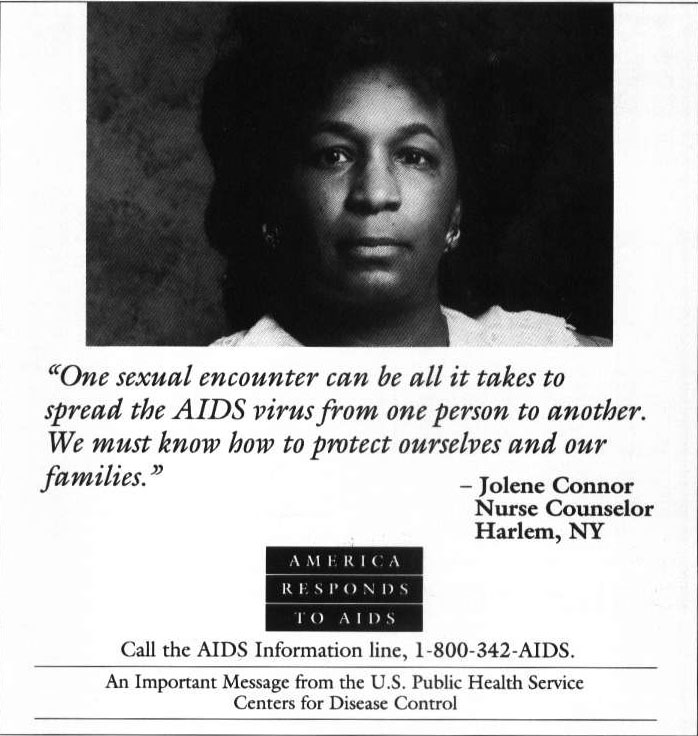
1988

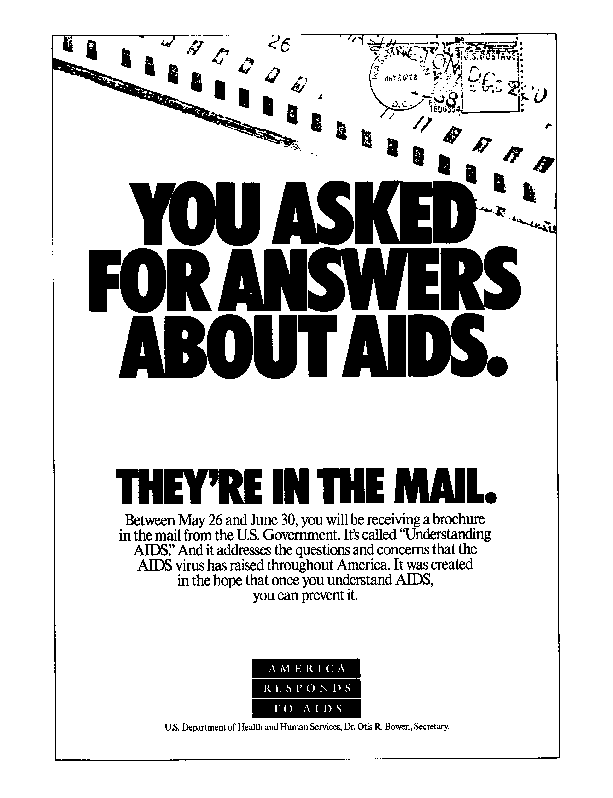
- The brochure "Understanding AIDS" is sent to every household in the US—107 million copies in all.

1989
- June 16: CDC issues first guidelines for preventing Pneumocystis carinii pneumonia (PCP).
- June 23: CDC releases Guidelines for Prevention and Transmission of Human Immunodeficiency Virus and Hepatitis B Virus to Health-Care and Public-Safety workers.


1990
- July 27: CDC reports possible transmission of HIV to a patient through a dental procedure performed by a dentist living with HIV.

1991
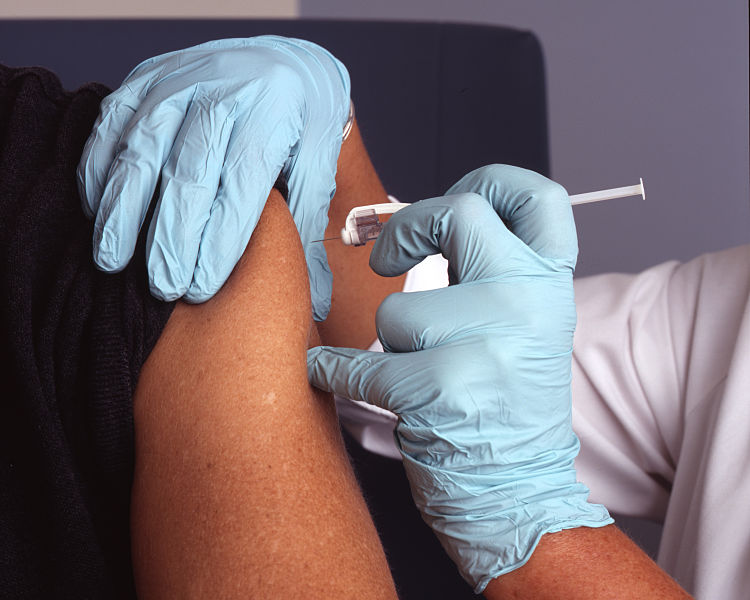
- July 12: CDC issues recommendations for healthcare workers with HIV.
- Link to CDC report on recommendations for healthcare workers with HIV
- Congress enacts a law requiring states to adopt the CDC restrictions or to develop and adopt their own.

1992
- AIDS becomes the number one cause of death for US men aged 25-44.
- December 1: CDC launches Business Responds to AIDS to help large and small businesses meet the challenges of HIV and AIDS in the workplace and community.
- Labor Responds to AIDS begins in 1995.
- December 18: CDC says CD4 count below 200 is AIDS.
- CDC expands case definition for AIDS, declaring those with CD4 count below 200 to have AIDS. Link to CDC report on expanding case definition for AIDS, declaring those with CD4 count below 200 to have AIDS


1993

- Community-planning process launched.
- CDC institutes the community-planning process to better target local prevention efforts.

1994
- May 20: CDC publishes guidelines for preventing HIV transmission through tissue and organ transplants.

1995

1996

- UNAIDS established.

1997
- CDC reports the first substantial decline in AIDS deaths in the US.
- AIDS-related deaths in the US decline by 47% from the previous year, due largely to the use of HAART. Link to CDC report on first substantial decline in AIDS deaths in the US


1998
- CDC reports that African Americans account for 49% of US AIDS-related deaths.
- The AIDS-related mortality for African Americans is almost 10 times that of whites. Link to CDC report on African Americans accounts for 49% of US AIDS-related deaths
- April 24: CDC issues the first national treatment guidelines for the use of antiretroviral therapy in adults and adolescents with HIV.

1999
- July: Leadership and Investment in Fighting an Epidemic (LIFE) launched to combat AIDS in Africa.
- December 10: CDC releases a new HIV case definition to help state health departments expand their HIV surveillance efforts and more accurately track the changing course of the epidemic.


2000
- July: Congress enacts Global AIDS and TB Relief Act; authorizes $600 million in funding.
- CDC's Global AIDS Program launched under the LIFE Initiative.

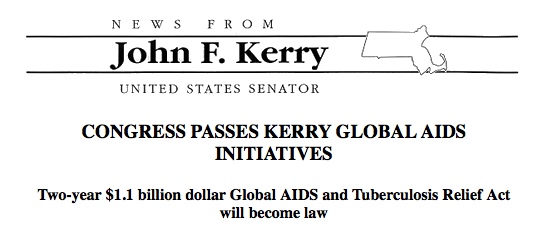
2001

- CDC announces a new HIV Prevention Strategic Plan to cut annual HIV infections in the US by half within the five years.

2002
- $500 million mother-to-child HIV prevention initiative in Africa and Carribean.
- President George W. Bush announces a $500 million initiative to prevent mother-to-child transmission of HIV and improve health care delivery in 14 African and Caribbean countries. Link to President George W. Bush announcement on $500 million initiative to prevent mother-to-child transmission of HIV


2003

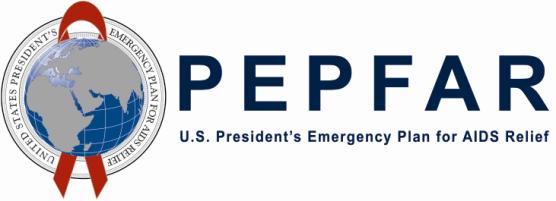
- Over two-thirds of new HIV infections in US are from those who do not know they are infected.
- CDC estimates that 27,000 of the estimated 40,000 new infections that occur each year in the US result from transmission by individuals who do not know they are infected. Link to CDC report that estimates 27,000 of the 40,000 new infections that occur each year in US result from transmission by individuals who do not know they are infected
- April 18: CDC announces new initiatives to get people living with HIV diagnosed and into care and treatment.
- Link to CDC announcement on Advancing HIV Prevention: New Strategies for a Changing Epidemic aims to reduce barriers to early diagnosis and increase access to, and utilization of, quality medical care, treatment, and ongoing prevention services for those living with HIV.
- $18 billion allocated to PEPFAR.
- Congress authorizes PEPFAR (the "US Leadership Against HIV/ AIDS, Tuberculosis, and Malaria Act of 2003" or Global AIDS Act), a 5-year, $18 billion approach to fighting HIV/AIDS, making it the largest commitment by any nation for an international health initiative dedicated to a single disease.

2004
- January 30: CDC releases guidance for HIV testing during labor and delivery for women of unknown HIV status.
- PEPFAR ART program launched in 13 countries.
- PEPFAR's Track 1.0 Antiretroviral Therapy Program is launched in partnership with Ministries of Health in 13 countries, and CDC, along with HHS sister-agency HRSA, plays a leading role.

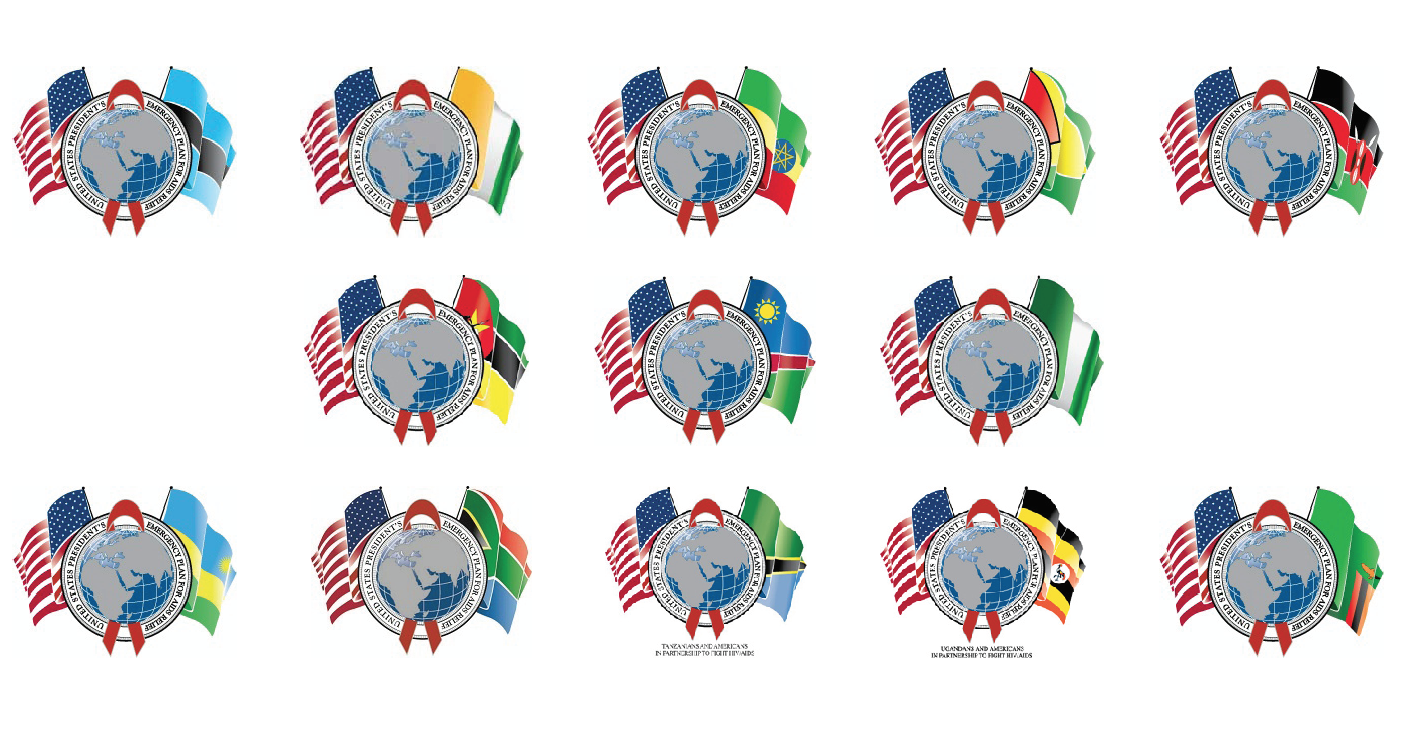
2005
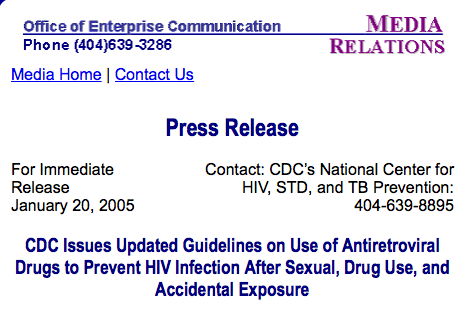
- January 21: CDC releases recommendations to prevent HIV after non-occupational exposure to the virus.
- These recommendations, called non-occupational post- exposure prophylaxis or nPEP, noted that antiretrovial drugs might be beneficial in preventing HIV infection after exposure through sex or injection drug use begun within 72 hours after exposure. Link to CDC report on recommendation to prevent HIV after non-occupational exposure to the virus

2006
- September 22: CDC releases new HIV testing recommendations.
- CDC releases revised HIV testing recommendations: All adults and adolescents aged 13-64 should be screened at least once, with annual screening for those at high risk. Link to CDC report releases revised HIV testing recommendations for All adults and adolescents aged 13-64

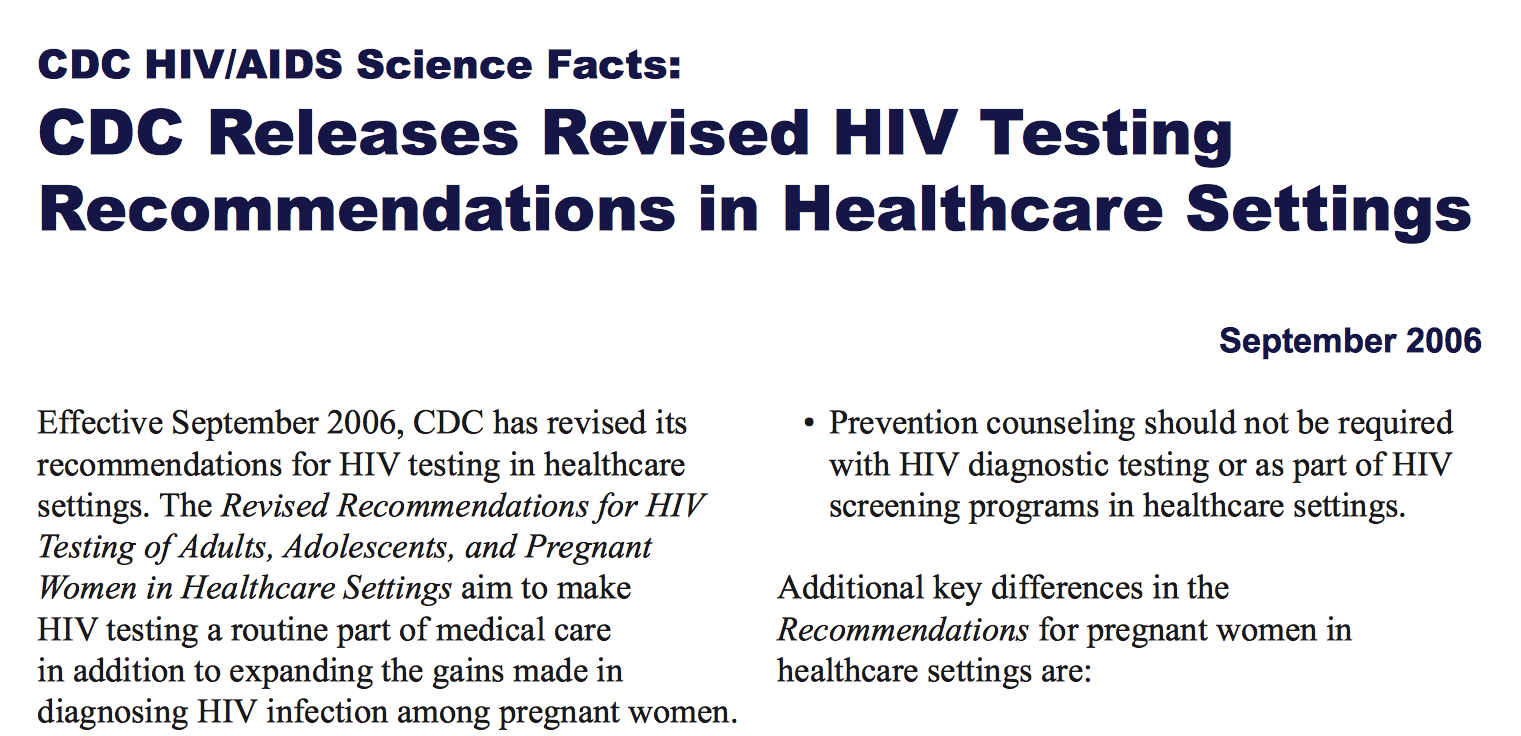
2007
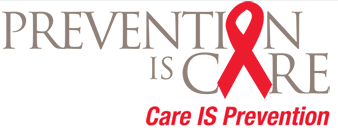
- October: CDC launches Prevention IS Care campaign for healthcare providers who deliver care to people living with HIV.
- The campaign emphasizes the importance of helping patients stay on HIV treatment.
- CDC reports over 562,000 people have died of AIDS in the US since 1981.
- PEPFAR and Becton Dickinson strengthen lab capacity in Africa.
- PEPFAR, with CDC support, announces a public-private partnership with Becton Dickinson to strengthen laboratory capacity in four African countries; the partnership was renewed for an additional five years in 2013.

2008
- August 6: CDC estimates there are 56,300 new HIV cases each year in the United States.
- CDC releases new domestic incidence estimates that are higher than previous estimates (56,300 new infections per year vs 40,000). The new estimates do not represent an actual increase in the numbers of HIV infections, but reflect a more accurate way of measuring new infections. Link to CDC report on new domestic incidence estimates of HIV infections
- Congress reauthorizes and expands PEPFAR funding to $48 billion.
- Congress reauthorizes PEPFAR (the "Tom Lantos and Henry J. Hyde United States Global Leadership Against HIV/AIDS, Tuberculosis, and Malaria Reauthorization Act of 2008") and expands the initiative by more than tripling its funding to $48 billion. The global response emphasizes a shift to building sustainable, country-owned programs that integrate HIV/AIDS services into broader health systems.


2009

- Global Health Initiative announced.
- President Barack Obama announces the Global Health Initiative, a 6-year initiative to develop a comprehensive approach to global health with PEPFAR at its core.
- The Shuga Initiative established.
- PEPFAR and CDC establish The Shuga Initiative in partnership with the MTV Networks Africa, MTV Staying Alive Foundation, Gates Foundation, and UNICEF to increase HIV-risk perception, increase uptake of HIV-testing and counseling services, and increase knowledge of HIV-prevention strategies among youth in Kenya, Nigeria, and Botswana.
- April 7: Act Against AIDS launched.
- CDC and the White House launch Act Against AIDS, a multiyear, multifaceted communication campaign designed to reduce HIV incidence in the United States.

2010
- HIV infection removed from disease list that prevents non-US citizens from entering country.
- Department of Health & Human Services and CDC remove HIV infection from the list of diseases that prevent non-US citizens from entering the country.
- September: Enhanced Comprehensive HIV Prevention Planning (ECHHP) project launched in 12 cities with high AIDS burden.
- CDC launched the project to shift HIV-related activities to meet goals of the 2010 National HIV/AIDS Strategy. Twelve health departments in cities with high AIDS burdens participated.


2011
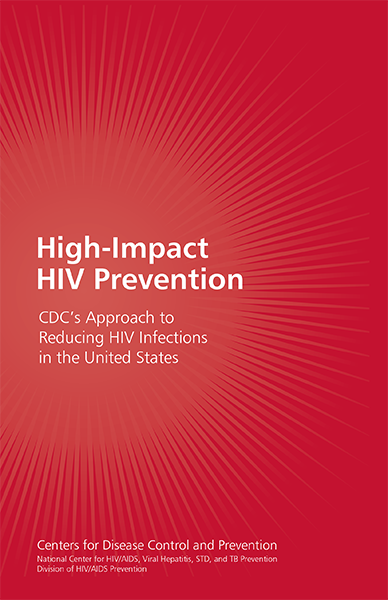

- CDC launches the Link to High Impact HIV Prevention (HIP) framework to reduce new HIV infections in the United States.
- HIP focuses on using combinations of scientifically proven, cost-effective, and scalable interventions targeted to the right populations in the right geographic areas in order to increase the impact of HIV prevention efforts.
- January 28: CDC issues interim guidance to health care providers on the use of pre-exposure prophylaxis (PrEP) as an HIV prevention strategy among men who have sex with men.
- July 13: CDC reports that drugs to treat HIV can also reduce HIV acquisition.
- CDC studies TDF2s and Partner PrEP provide the first evidence that a daily oral dose of antiretroviral drugs used to treat HIV infection can also reduce HIV acquisition among uninfected individuals exposed to the virus through heterosexual sex.
- August: CDC releases new HIV incidence estimates.
- The annual number of new HIV infections in the United States was relatively stable at approximately 50,000 new infections each year between 2006 and 2009. However, HIV infections increased among young gay and bisexual men, driven by increases among young, black gay and bisexual men – the only subpopulation to experience a sustained increase during the time period. Link to CDC report on new HIV incidence estimates
- September: In conjunction with the fourth National Gay Men's HIV/AIDS Awareness Day, the Centers for Disease Control and Prevention awards $55 million to 34 community-based organizations (CBOs) to expand HIV prevention for young gay and bisexual men of color and transgender youth of color.
- November: CDC's Vital Signs shows that of the 1.2 million people living with HIV, 1 in 5 do not know they are infected and 1 in 4 are taking HIV medicines regularly and have their virus under control.
- November: CDC launches Testing Makes Us Stronger, a national HIV testing campaign for young African American gay and bisexual men who have sex with men.
- Treatment of HIV shown to reduce transmission nearly 96%.
- NIH's HPTN 052 study results are released demonstrating that treatment reduces transmission of HIV by nearly 96% and ushers in the concept of "treatment as prevention."

2012
- CDC transitions PEPFAR programs to Ministries of Health and indigenous organizations in 13 countries.
- CDC transitions its Track 1.0 Antiretroviral Therapy programs in 13 countries from US-based organizations and grantees to Ministries of Health and indigenous organizations.
- March: CDC launches Take Charge. Take the Test. an HIV testing and awareness campaign for African American women.
- CDC examines role of faith-based organizations in East Africa.
- CDC convenes East African faith leaders for a meeting in Kenya to examine the role of faith-based organizations in the response to HIV/AIDS.
- June: CDC initiates a pilot project to train pharmacists and retail store clinic staff at 24 rural and urban sites to deliver confidential rapid HIV testing.
- July: CDC launches Let's Stop HIV Together, a national campaign to combat stigma and complacency about the epidemic.
- July: At the first International AIDS Conference to be held in the United States in more than 20 years, CDC releases data showing only a quarter of all Americans with HIV have their virus under control, and African-Americans and younger people are least likely to receive ongoing care and effective treatment.
- August 10: CDC Issues Interim Guidance on use of medication to prevent HIV Infection among heterosexually active adults.
- November: CDC's Vital Signs notes that young people between the ages of 13 and 24 represent 26% of new HIV infections each year and 60% of these youth living with HIV are unaware they are infected.

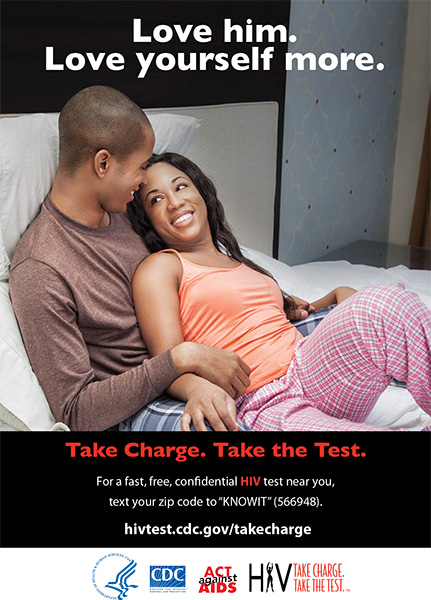
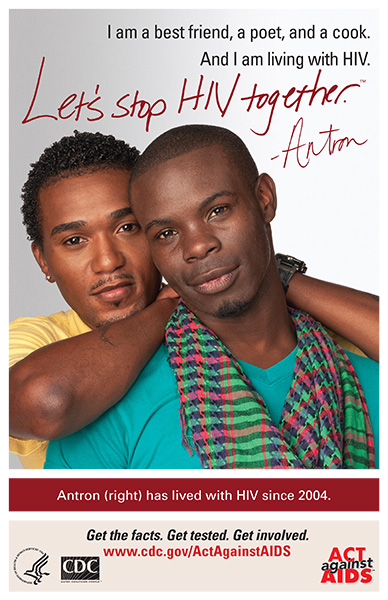
2013
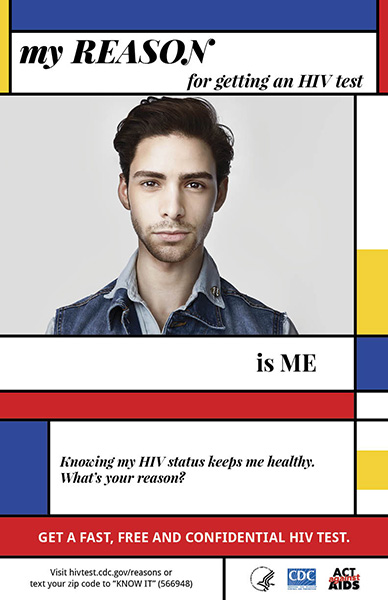
- June: CDC launches Reasons/Razones, a national, bilingual campaign that asks Latino gay and bisexual men to consider their reasons for getting tested for HIV.
- June 14: CDC publishes interim guidance on PrEP for people who inject drugs; notes that PrEP can reduce the risk of HIV among people who inject drugs by 49% in people who adhered to the regimen.
- PEPFAR reauthorized.
- The "PEPFAR Stewardship and Oversight Act of 2013" reauthorizes PEPFAR,extends a number of existing authorities, and strengthens the oversight of the program through updated reporting requirements.

2014
- February: CDC releases report showing about one-third of blacks living with HIV have their virus under control.
- Among blacks who have been diagnosed with HIV, 75 percent were linked to care, 48 percent stayed in care, 46 percent were prescribed antiretroviral therapy, and 35 percent achieved viral suppression. Link to CDC report showing about one-third of blacks living with HIV have their virus under control
- May 14: CDC releases new clinical guidelines recommending that health care providers consider pre-exposure prophylaxis (PrEP) for patients at substantial risk for HIV.
- Summer: CDC releases three national communication campaigns.
- Start Talking. Stop HIV. encouraging gay and bisexual men to talk openly with their sexual partners about HIV risk and prevention strategies. Link to Start Talking Campaign
- We Can Stop HIV One Conversation at a Time, a bilingual communication campaign encouraging Latinos to talk openly about HIV with their families and friends. Link to We Can Stop HIV campaign
- HIV Treatment Works, encouraging treatment and care for people living with HIV. Link to HIV Treatment works campaign
- July: CDC announced the annual HIV diagnosis rate declined by 30% from 2002-2011.
- Declines were observed in several key populations, but increases were found among certain age groups of gay and bisexual men, especially young men. Link to CDC report on annual HIV diagnosis rate declined by 30% from 2002-2011
- September 26: CDC releases a new report that finds gaps in care and treatment among gay men diagnosed with HIV.
- Only half of gay and bisexual men diagnosed with HIV are receiving treatment for their infections. Link to CDC report that finds gaps in care and treatment among gay men diagnosed with HIV
- October 9: CDC releases a new report that finds gaps in care and treatment among Latinos diagnosed with HIV.
- Among Latinos who have been diagnosed with HIV, just over half (54 percent) were retained in care. Fewer than half (44 percent) of those diagnosed have been prescribed antiretroviral therapy, and just 37 percent have achieved viral suppression. Link to CDC report that finds gaps in care and treatment among Latinos diagnosed with HIV
-
November 25: CDC announces that only 30% of Americans with HIV had the virus under control in 2011, and approximately two-thirds of those whose virus was not controlled had been diagnosed but were no longer in care.
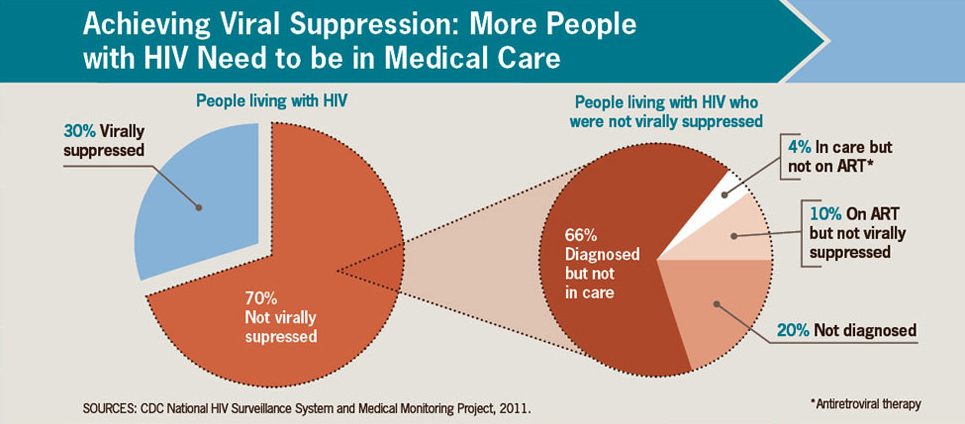

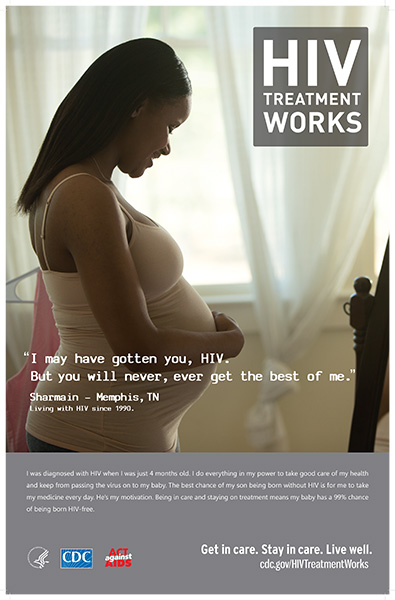
2015
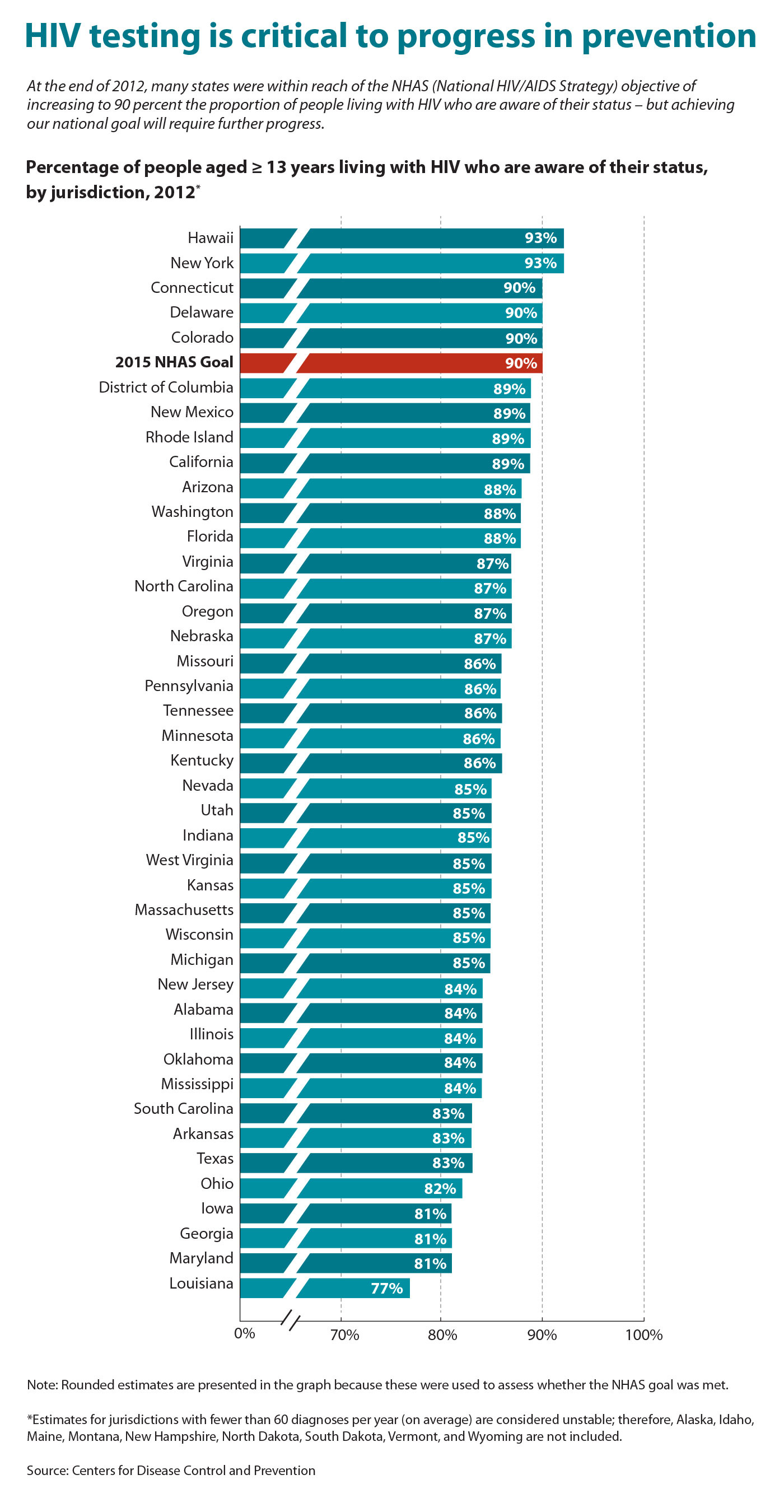
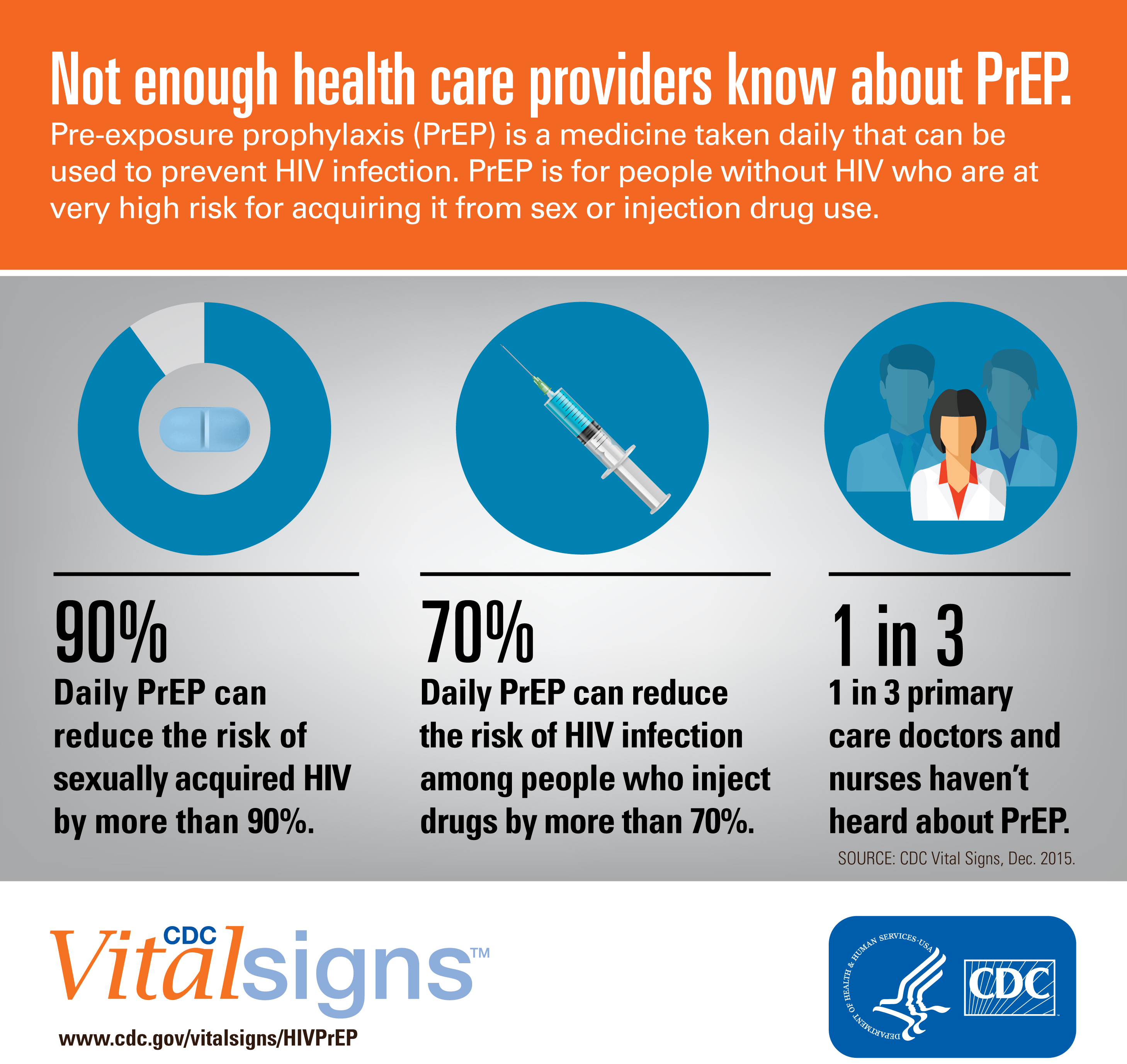

- February 25: 184 cases of HIV linked to injection drug use in Indiana.
- Indiana state health officials announce an HIV outbreak linked to injection drug use in the southeastern portion of the state. By the end of the year, Indiana will confirm 184 new cases of HIV linked to the outbreak.
- April: CDC announces that 90% of new HIV diagnoses are due to individuals who are undiagnosed, or diagnosed but not on treatment.
- April: CDC issued a Health Advisory to alert public health departments and health care providers nationwide of a growing hepatitis C epidemic among people who inject drugs and the possibility of an outbreak of HIV among this population.
- June: Many states within reach of the NHAS objective of increasing to 90% the proportion of people living with HIV who are aware of their status.
- October 8: CDC announces HIV diagnoses have increased sharply among gay and bisexual Latino men despite an overall decline in new HIV diagnoses among Latinos.
- November 24: CDC estimates that 1 in 4 gay/bisexual men, 1 in 5 people who inject drugs, and 1 in 200 heterosexuals should be counseled about PrEP.
- December 6: Overall, US HIV diagnoses decreased over past decade, but some groups experienced increases.
- CDC announces that annual HIV diagnoses in the US fell by 19% from 2005-2014. There were steep declines among heterosexuals, people who inject drugs, and African Americans (especially black women), but trends for gay/bisexual men varied by race/ ethnicity. Diagnoses among white gay/bisexual men decreased by 18%, but they continued to rise among Latino gay/bisexual men and were up 24%. Diagnoses among black gay/bisexual men also increased (22%), but the increase has leveled off since 2010. https://www.cdc.gov/nchhstp/newsroom/docs/factsheets/hiv-data-trends-fact-sheet-508.pdf
- December 2015: CDC releases the HIV Risk Reduction Tool at the National HIV Prevention Conference.

2016
- February: CDC announced lifetime risk of HIV at the Conference on Retroviruses and Opportunisitic Infections.
- CDC estimates that 1 in 2 gay/bisexual black men, 1 in 4 gay/ bisexual Latino men, and 1 in 6 gay/bisexual men will be diagnosed with HIV if current trends continue. The overall lifetime risk of HIV diagnosis in the United States is 1 in 99.
- Press release: http://www.cdc.gov/nchhstp/newsroom/2016/croi-press-release-risk.html
- February: Increase in PrEP could avert almost 20% of estimated new HIV infections.
- CDC releases study showing if PrEP use increases in high-risk populations, almost 20% of the estimated 265,330 new HIV infections expected to occur through 2020 could be prevented. The number could be even higher if NHAS targets are achieved.
- February: CDC announces despite progress, persistent disparities contribute to the HIV burden among African Americans.
- http://www.cdc.gov/nchhstp/newsroom/2016/nbhaad-press-release.html
- CDC announces gay and bisexual teen males no more likely than heterosexual teen males to engage in several risk behaviors; still at substantially higher risk of infection.
- http://www.cdc.gov/nchhstp/newsroom/2016/international-aids-conference-press-release.html
- http://www.cdc.gov/nchhstp/newsroom/docs/factsheets/hiv-data-trends-fact-sheet-508.pdf
- November: CDC releases Vitals Signs noting that the number of people who inject drugs getting HIV has been cut in half in the United States.
- 1 in 10 HIV diagnoses are among people who inject drugs.
- The use of syringe services has increased, but access to sterile needles still needs to improve for effective HIV prevention. https://www.cdc.gov/vitalsigns/hiv-drug-use/index.html

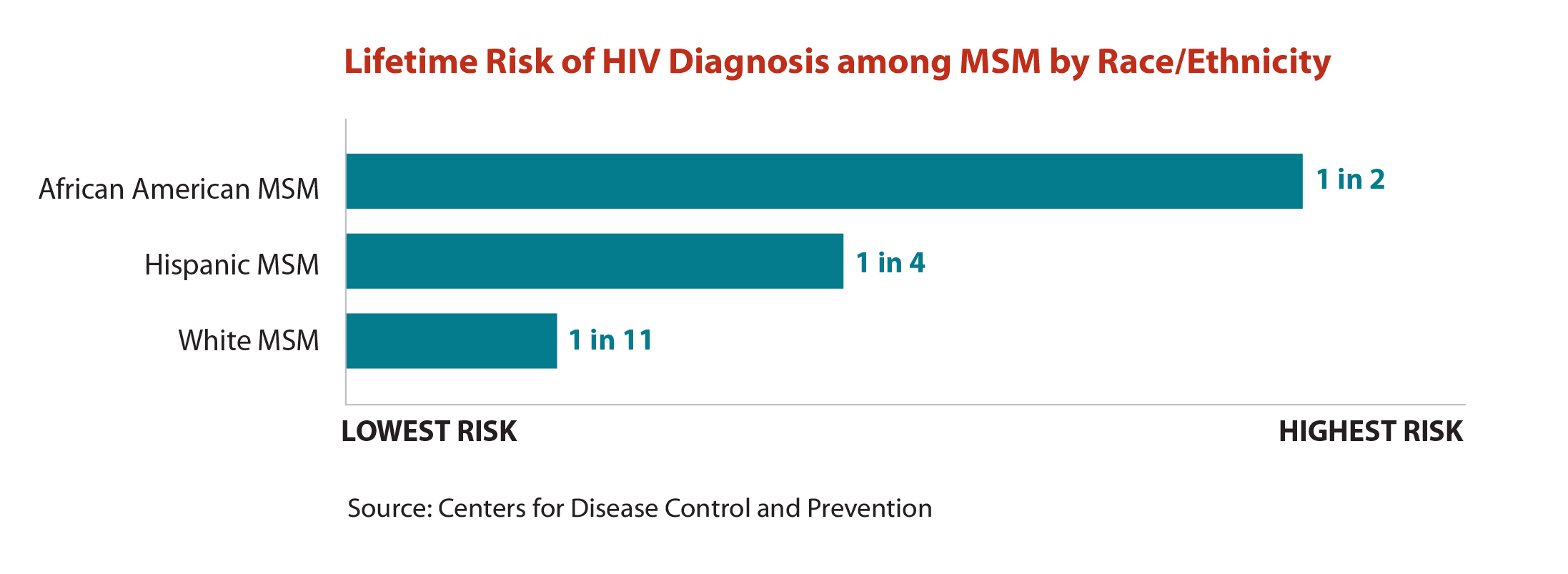
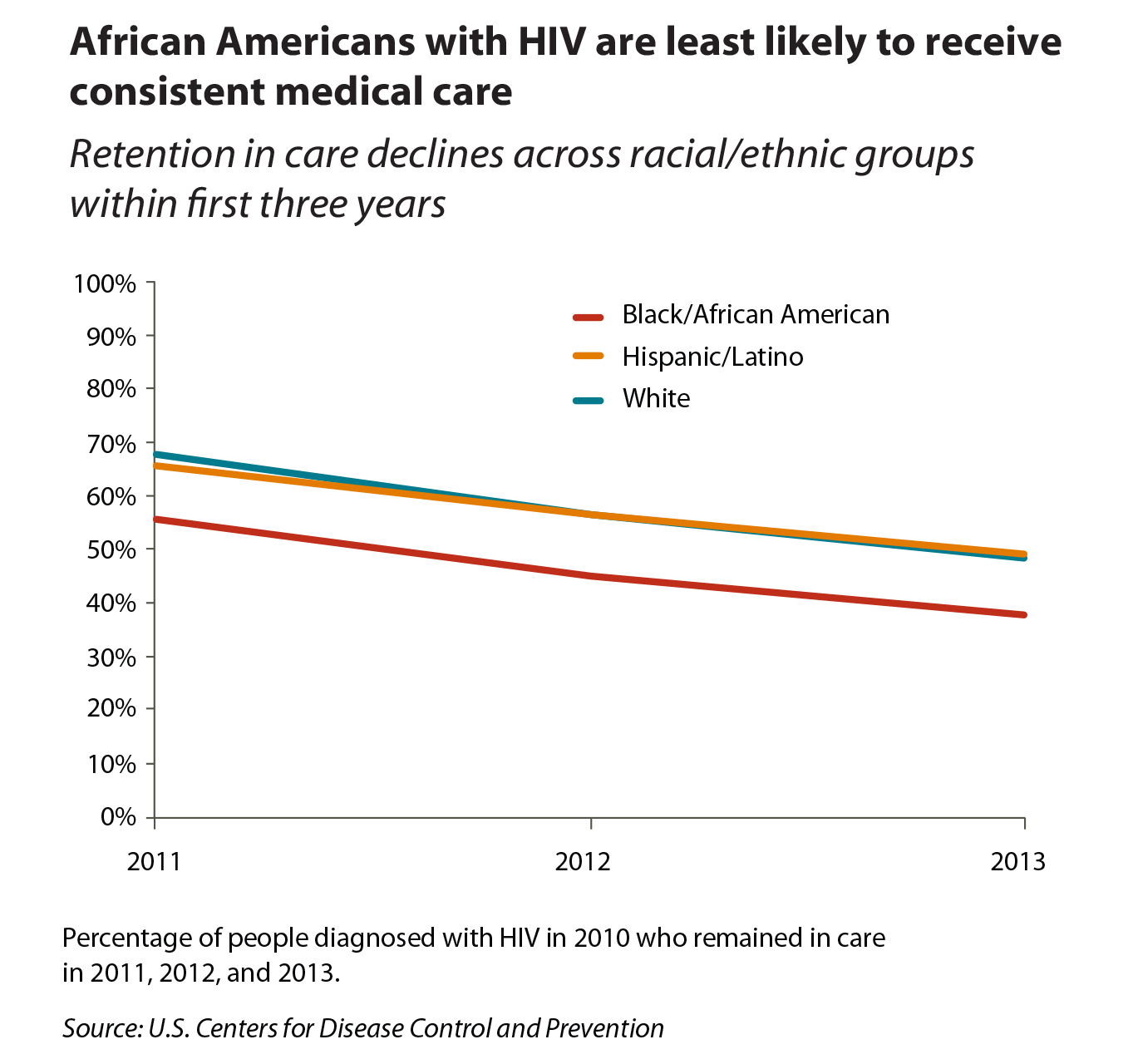
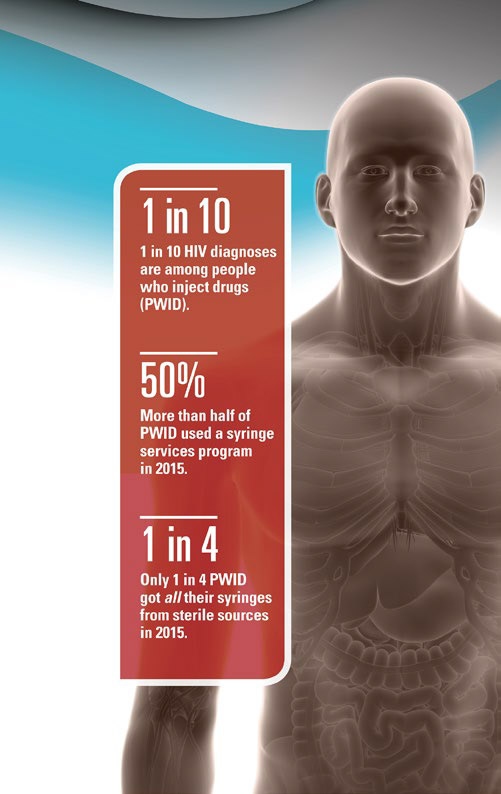
2017

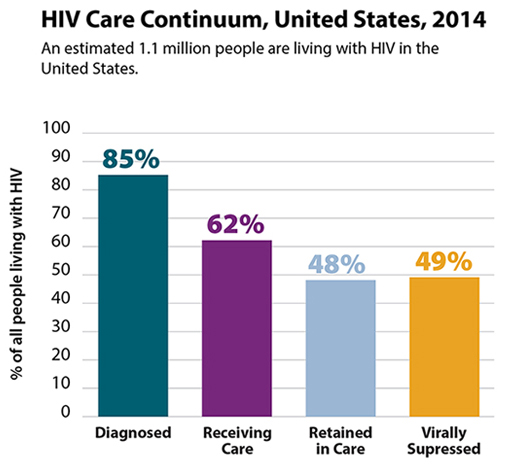
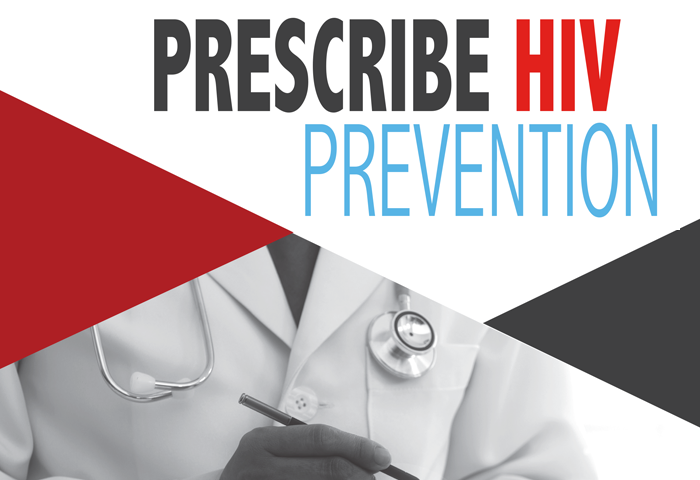
- February: CDC announces annual new HIV infections in the U.S. fell 18% between 2008 and 2014. The decline signals HIV prevention and treatment efforts are paying off, but not all communities are seeing the same progress.
- July: CDC announces more people with HIV have the virus under control. In 2014, an estimated 49% of people with HIV were virally suppressed compared to 28% in 2010.
- August: CDC releases Prescribe HIV Prevention, a campaign to encourage health care providers to prescribe PrEP and PEP to prevent new HIV infections.
- September: CDC announces that people living with HIV who are on treatment and have undetectable viral loads have effectively no risk of transmitting the virus to sexual partners.
- November: HIV is being diagnosed sooner after infection than was previously reported.

2018
- March: The first study of PrEP use by race and risk group shows that African Americans and Latinos account for the smallest percentage of prescriptions, despite comprisingm two-thirds of people who could potentially benefit from the preventive medicines.
- Link to press release showing that African Americans and Latinos account for the smallest number of PrEP prescriptions, despite potentially benefiting from PrEP.
- Link to data table showing African Americans and Latinos account for the smallest number of PrEP prescriptions, despite potentially benefiting from PrEP.
- August: CDC releases Transforming Health, resources to address the HIV prevention and care needs of transgender people.
- November: CDC uses cluster detection and response practices to respond to an HIV cluster in West Virginia attributed to injection drug use.
- November: CDC releases estimates of HIV prevalence among transgender people.

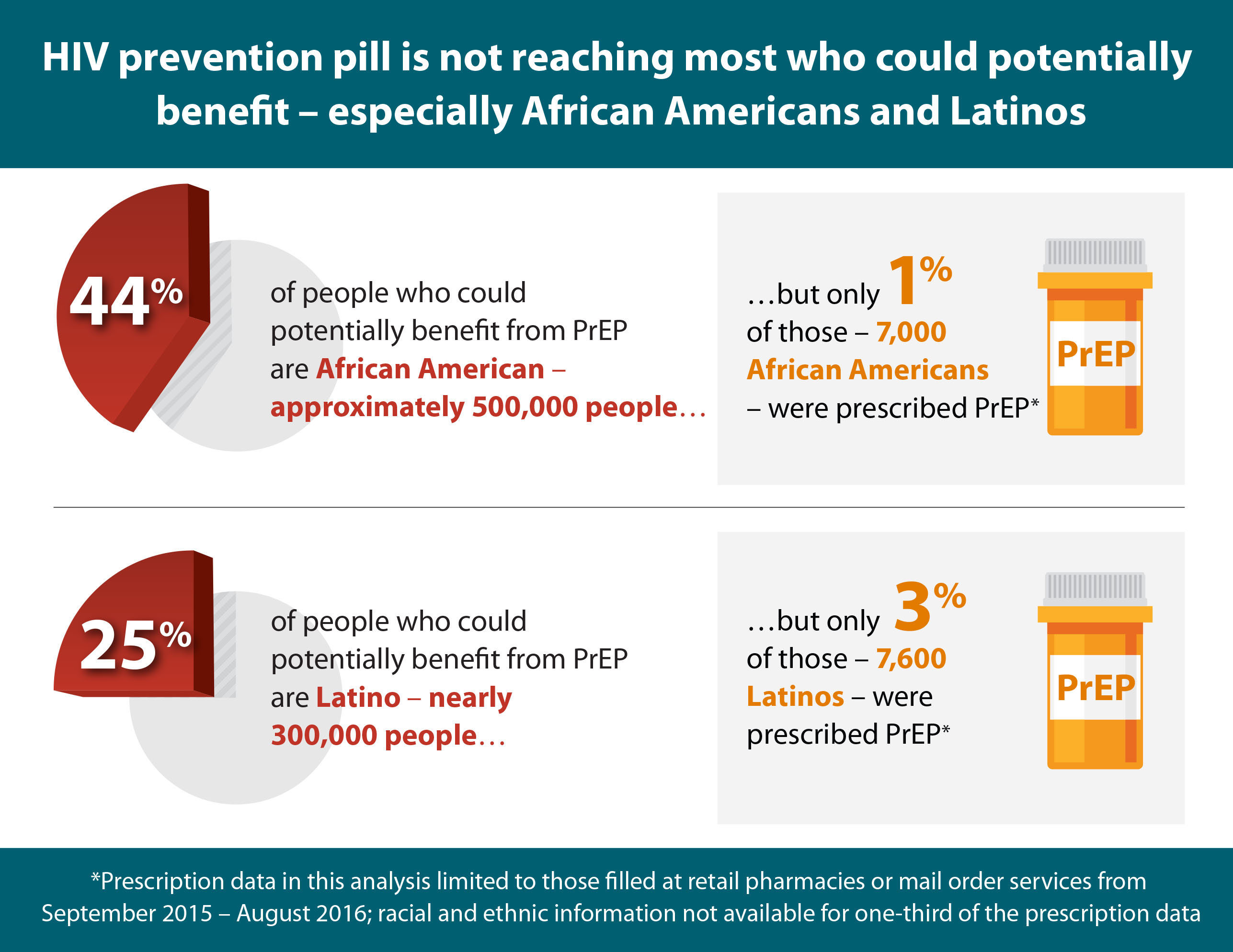

2019

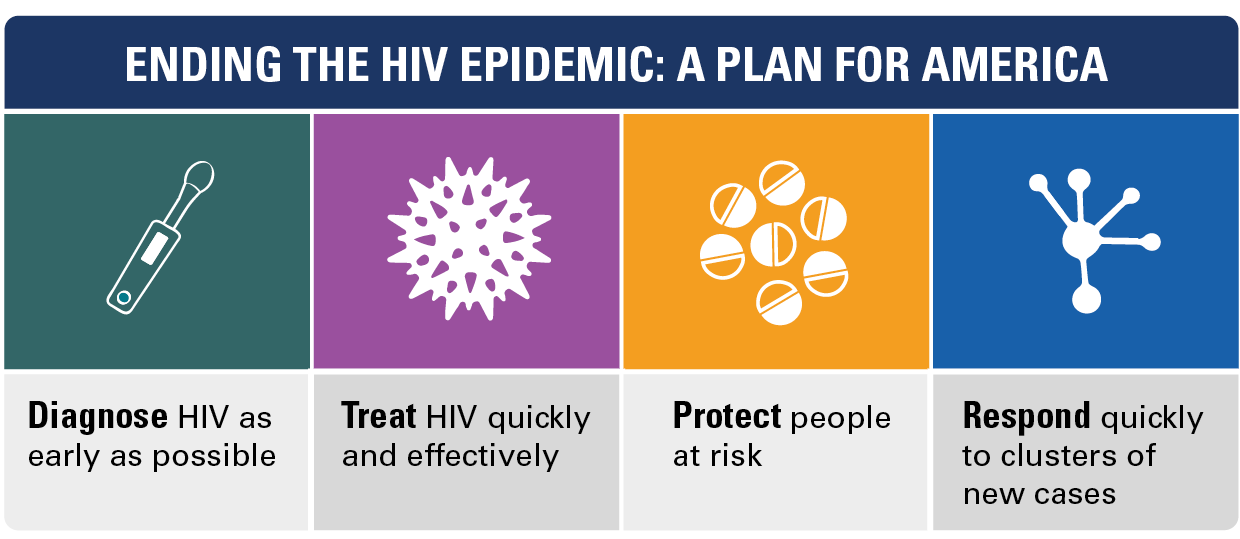
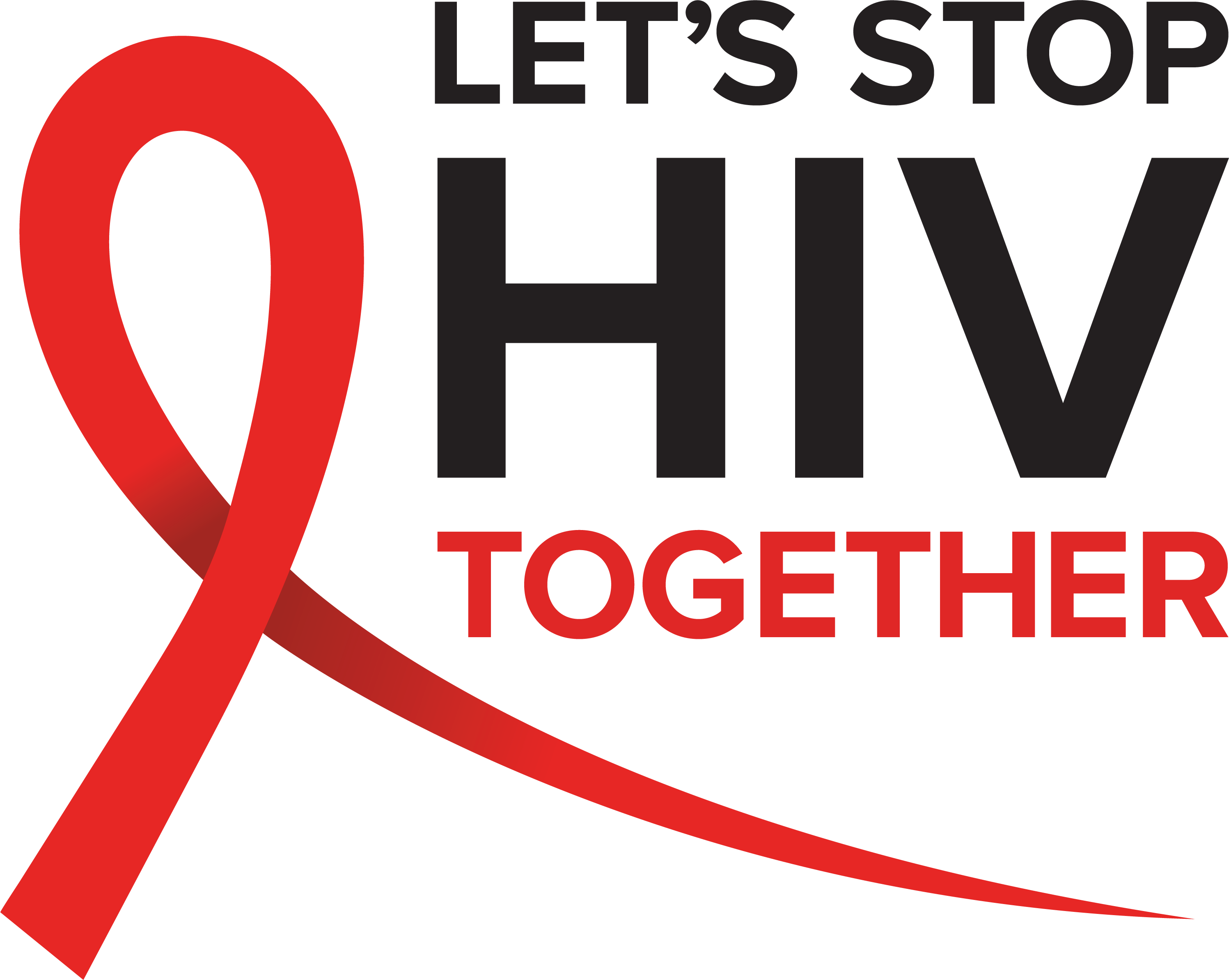

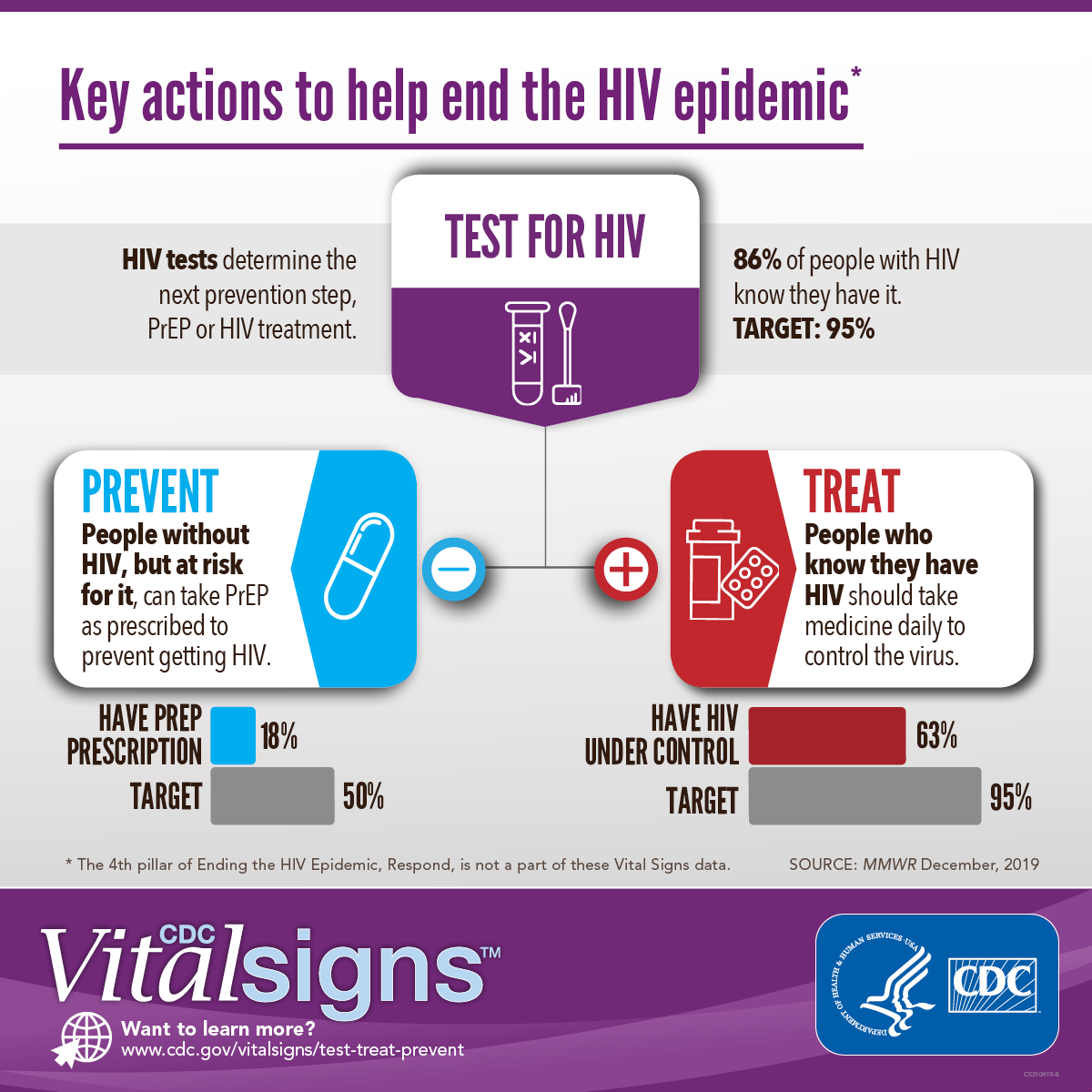
- February: Federal government announces Ending the HIV Epidemic.
- March: CDC's Vital Signs shows that the vast majority of new HIV infections are transmitted from people who either didn't know they had HIV or were not receiving HIV care.
- June 27: CDC reports fewer than 40% of people in the U.S. have ever been tested for HIV.
- September: CDC updates its 10-year Act Against AIDS campaign to Let's Stop HIV Together.
- September: CDC launches HIV Nexus, a website for clinicians to get information about HIV screening, prevention, and treatment.
- October: HHS and CDC award $13.5 million for state and local planning and kick off community involvement for Ending the HIV Epidemic.
- December 3: CDC's Vital Signs announces key activities to help end the HIV epidemic: Prevent new HIV infections by using PrEP and other tools, Test for HIV, and Treat people who know they have HIV.
2020
- March: CDC publishes an article showing an association between increased PrEP coverage and decreased HIV diagnosis rates in recent years.
- March: CDC releases frequently asked questions for people with HIV regarding COVID-19.
- June: CDC re-released HIV Risk Reduction Tool.

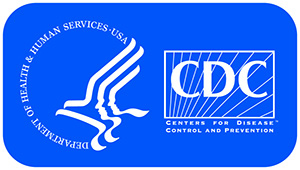
* Estimates of persons living with HIV infection (diagnosed or undiagnosed) were derived by using back-calculation on HIV data for persons aged ≥13 years at diagnosis in the 50 states and the District of Columbia
** The methodology to derive the estimated annual number of new HIV infections (also called HIV incidence) has changed over the years. From 1980 through 2006, numbers of HIV infections were calculated using back-calculation methodology. From 2006 through 2010, HIV infections were estimated from a statistical method that applied a stratified extrapolation approach using results from a test for recent HIV infection and HIV testing history data collected by jurisdictions that conducted HIV incidence surveillance.
*** The estimate of the number of persons diagnosed with HIV are based on HIV surveillance data for persons aged≥ 13 at time of diagnosis in the 50 states and District of Columbia.


